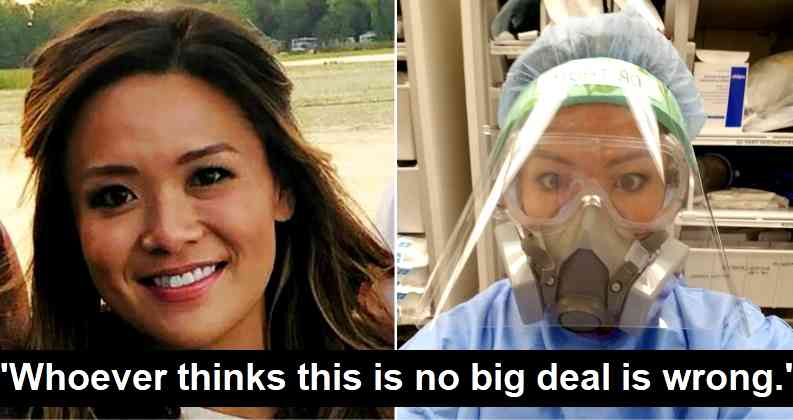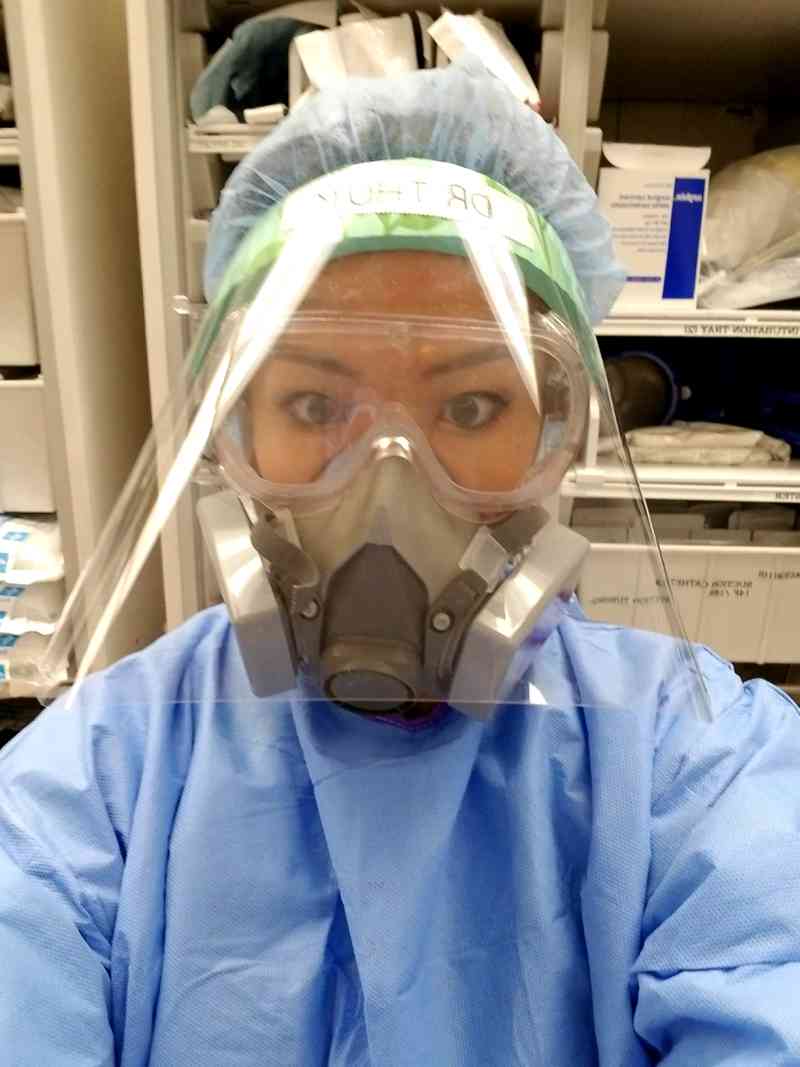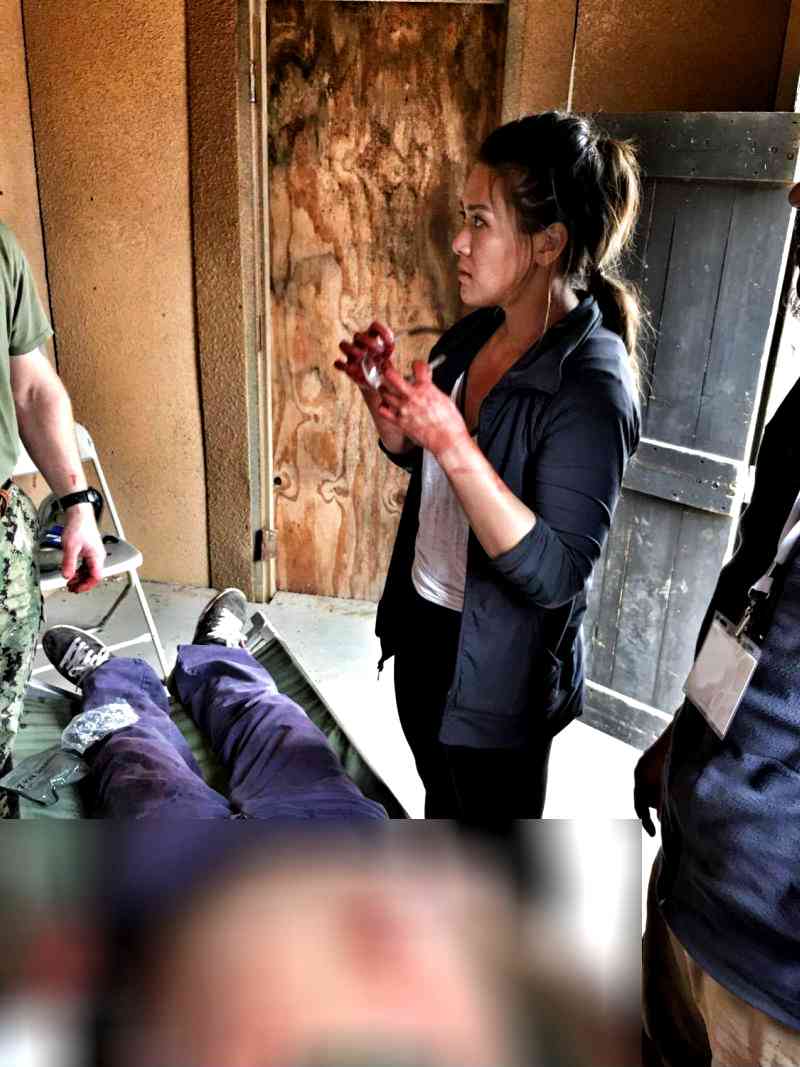ER Doctor Fighting COVID-19 in NYC Reveals What’s REALLY Happening


By Carl Samson
March 30, 2020
An emergency physician working on the frontlines to beat COVID-19 in New York has described the state’s situation now that it has become the new epicenter of the worsening pandemic.
On March 26, the U.S. officially recorded the world’s highest number of cases (82,174) to surpass China (81,285), where severe acute respiratory syndrome coronavirus 2 (SARS-CoV-2), the pathogen responsible for COVID-19, was first detected (Wuhan, Hubei province) late last year.
As of this writing, the Centers for Disease Control and Prevention (CDC) has recorded 140,904 cases of COVID-19 — a whopping 59,219 (around 37%) of which are in New York.
“It’s not surprising that our numbers are so high — we have so many more people from all over the world in a relatively small area,” said Dr. Celine Thum, director of emergency medicine ultrasound at a Level I trauma center in New York. “Our response and management of COVID-19 will serve as an example for the rest of the US. As overwhelming our case numbers are, no city in the US has a medical system that is prepared for a disaster of this magnitude.”

In a Facebook post Wednesday, Dr. Thum shared a firsthand account of how the state manages its current situation. She acknowledged Governor Andrew Cuomo’s urgency in dealing with the matter as well as fellow New Yorkers for doing their part in fighting the outbreak.
“Whoever thinks this is no big deal is wrong. Luckily for New York, our governor has stepped up and responded in the way that the feds needed to two months ago,” Dr. Thum wrote. “I see New Yorkers stepping up to do their part and help support the public health response — both with social distancing and changes in business operations.”
Unfortunately, New York — like many other locations — has struggled with running low on essential resources, both material and human. Dr. Thum appealed for help from other states.
“We are extremely low on resources: staff, ventilators, PPE, monitors, swabs for tests, beds, doctors, nurses … Some neighboring hospitals are out of space completely,” she noted. “There is simply not enough and we need other states to send their resources to contain our epidemic which will set a structure for dealing with the pandemic as it hits other cities.”

Dr. Thum went on to explain how the severity of the clinical picture had been understated. In her research, she found “too many” young adults (aged 20 to 39) who have been affected, with many requiring admission in the intensive care unit.
The emergency doctor also reiterated the fact that no treatment has been found for COVID-19 “despite what Trump said.” However, she cited ongoing clinical trials such as the World Health Organization’s SOLIDARITY — a global megatrial that aims to generate “robust, high-quality evidence as fast as possible” — as well as the Food and Drug Administration’s consideration of convalescent plasma therapy, which was used in the treatment of Ebola.

Dr. Thum also highlighted the inefficiency of sending the current diagnostic test, arguing that it “doesn’t do much but waste human and PPE (personal protective equipment) resources and add to an official ‘count.'” She added that it takes days before turning up results, which are also falsely negative 20-40% of the time.
“This means that there are a large number of people that have COVID-19 pneumonia that will test negative. We also do not know what a positive test means regarding transmission of the virus in an asymptomatic person (Is it a false positive, are you a carrier, and is it contagious?),” Dr. Thum noted. “Two things we will need to investigate in the future: viral load (amount of COVID in the blood), and antibody detection (IgM, IgG).”
In an earlier interview with May Lee of NextShark’s “The May Lee Show,” Dr. Thum suggested that people with symptoms may need to go “overboard” with testing at first, just because “you’re really unfamiliar with what the disease process even looks like.” She recommends making a list of existing medical conditions, stocking up on prescribed medications (ideally for the next 90 days) and having a plan with families, friends and even neighbors.
Above all, Dr. Thum emphasized isolating oneself and reaching out to a primary care physician.
“Someone who has symptoms or is infected with COVID-19 needs to be isolated from their family members. Anyone who feels that they need medical attention should call their primary care physician for advice and utilize telemedicine,” she told NextShark on Friday.
“My emergency medicine colleagues and I are seeing an overflow of patients that worry and come to the ER with mild symptoms that can be managed at home. The patient risks catching COVID-19 or giving it to a critically ill patient in the ER.”
Feature Images via Dr. Celine Thum
Share this Article
Share this Article